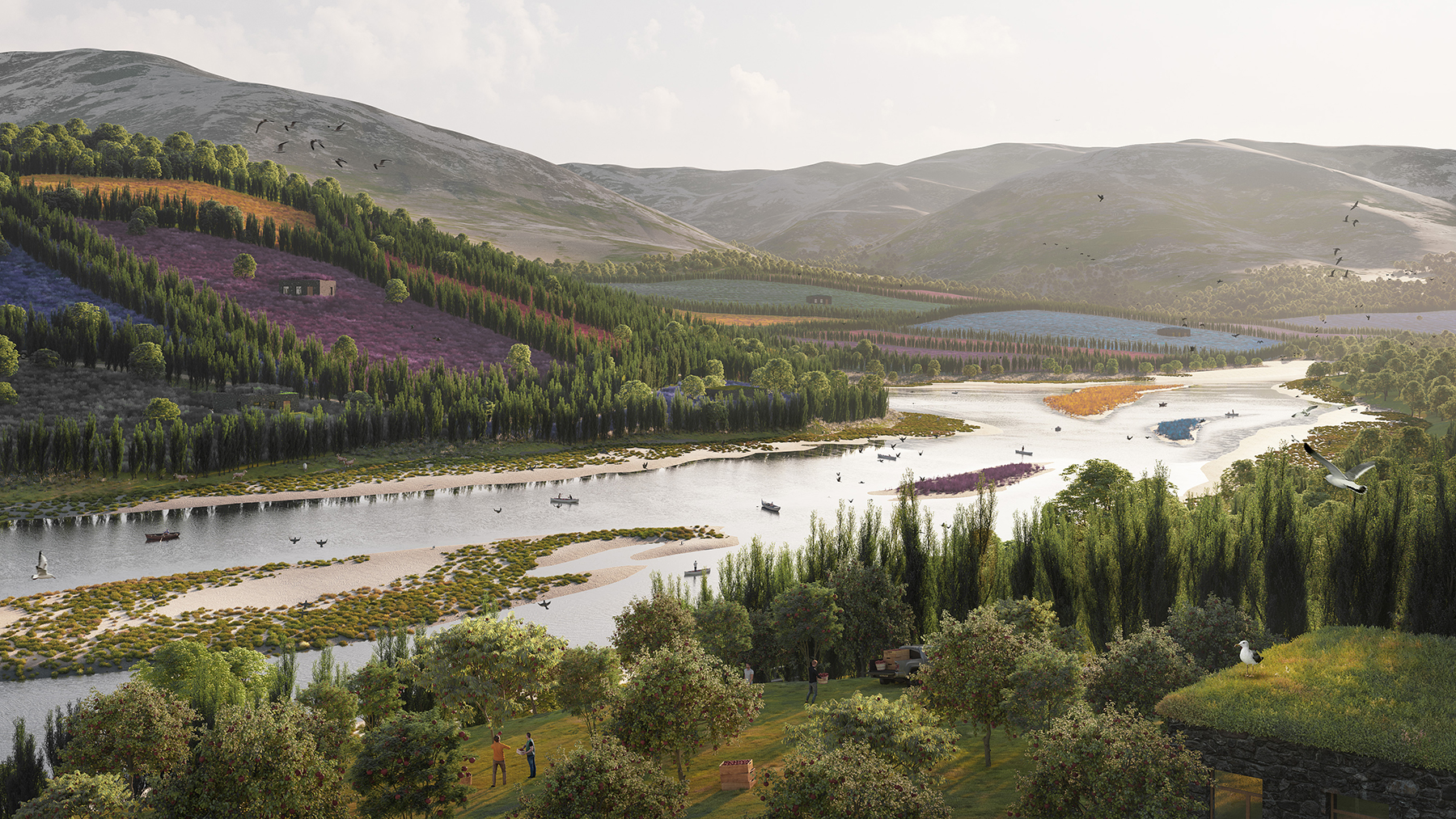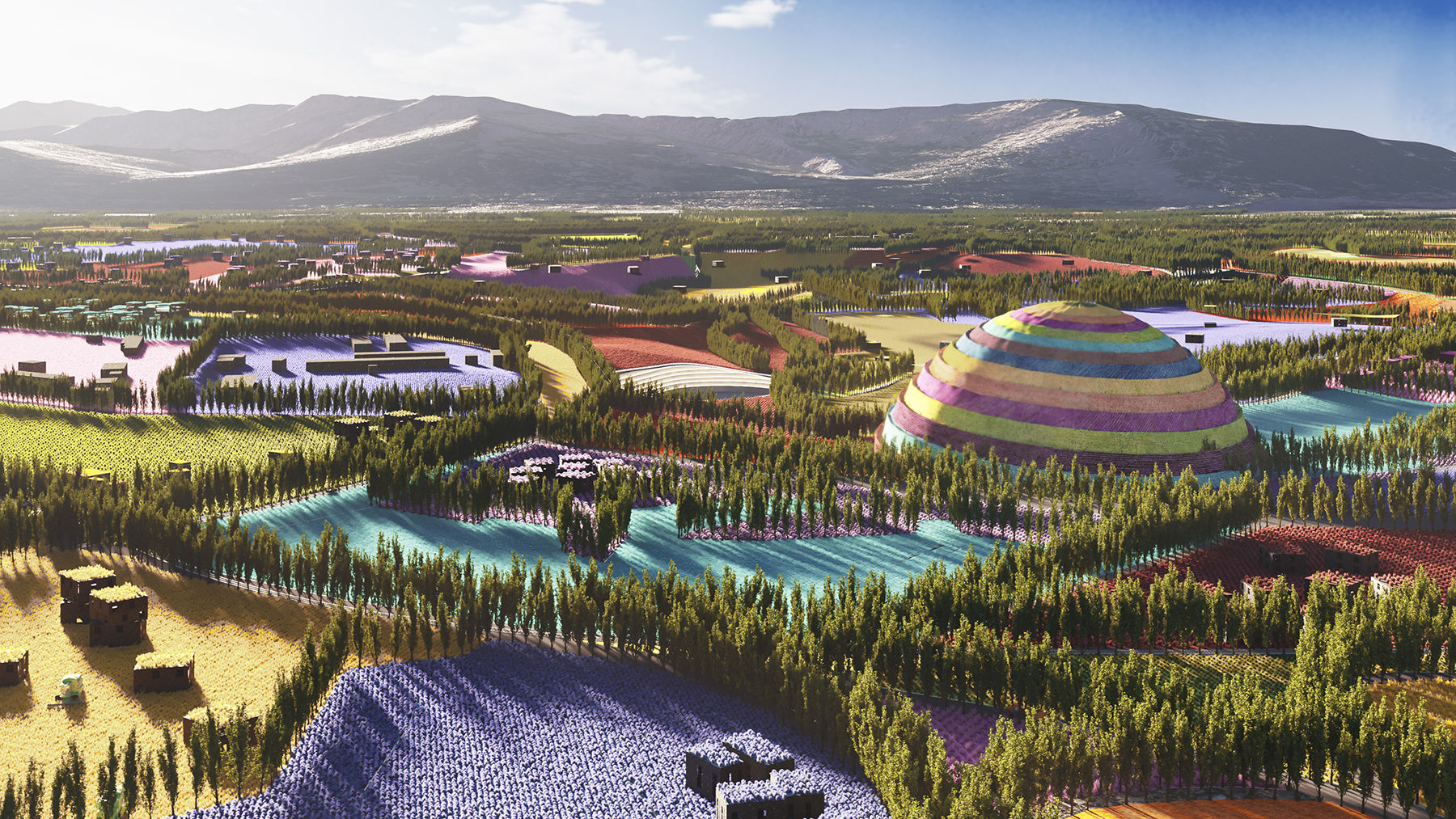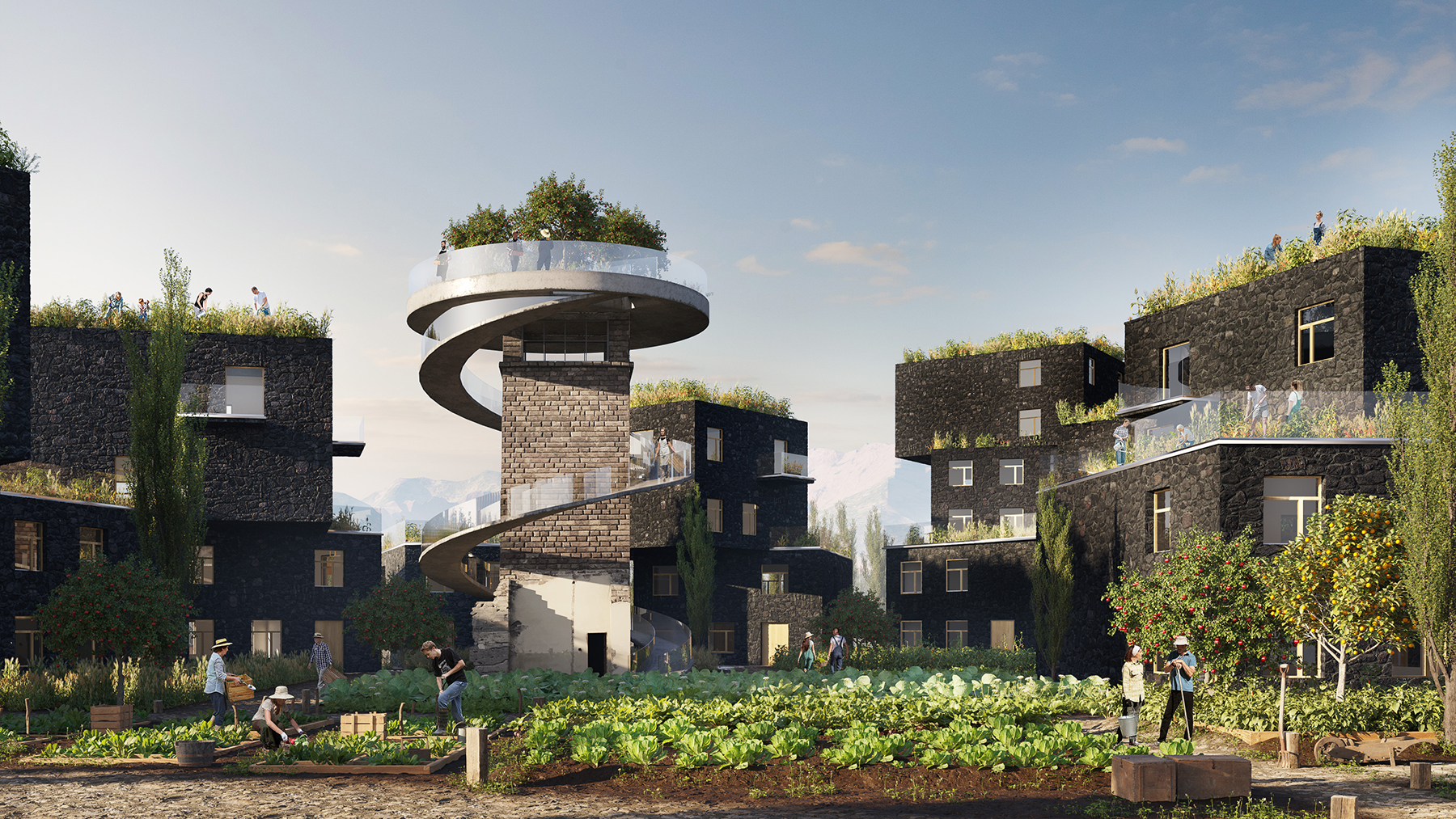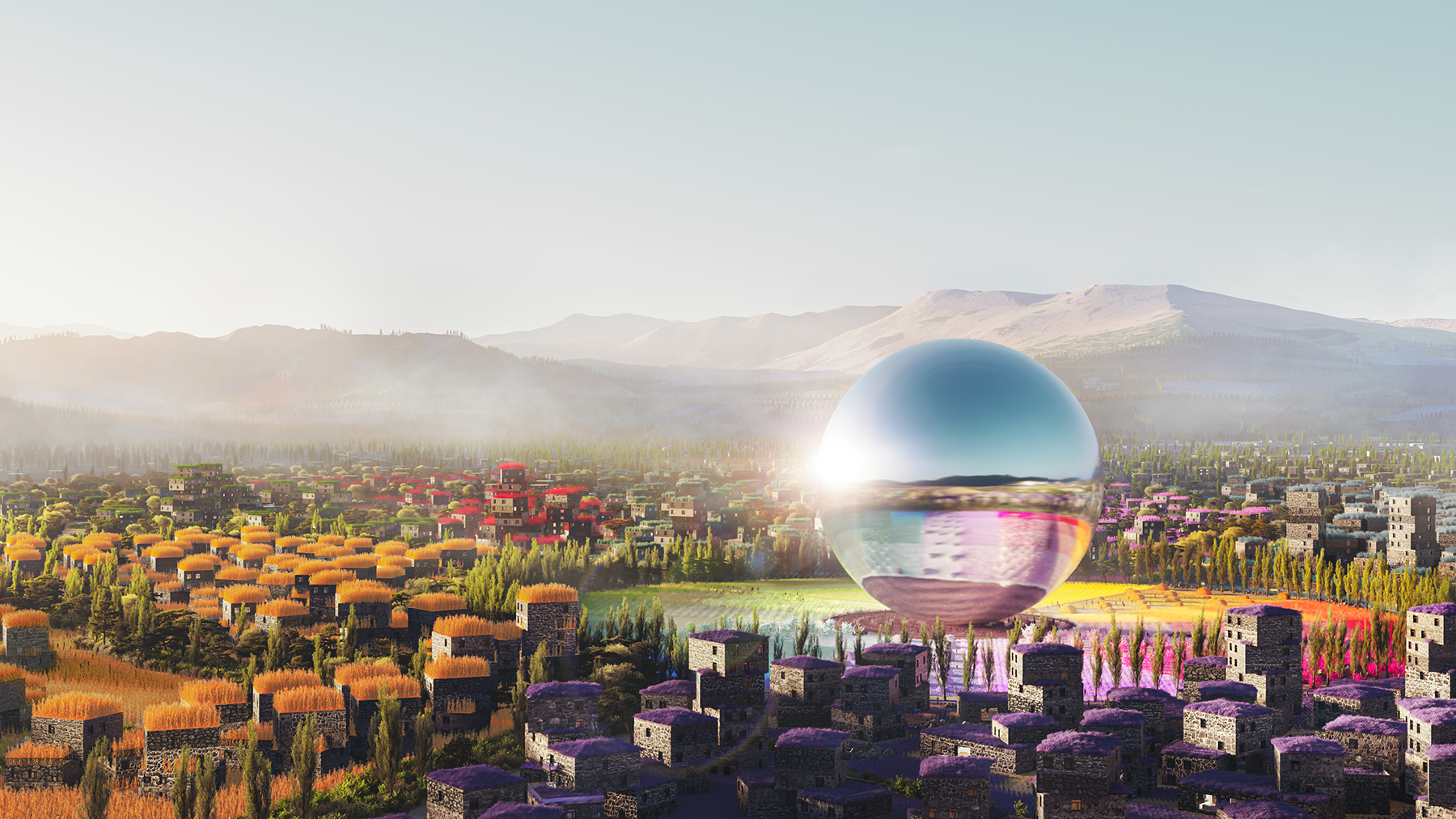By Jay Landers
In an effort to promote sustainable agriculture and economic development in Armenia, the Dutch architecture firm MVRDV recently developed a vision to transform an area in that country known as the Gagarin Valley. Calling for a host of infrastructure improvements, including various strategies for increasing and extending critical water supplies, the ambitious plan aims to diversify existing agricultural operations and entice new residents to move to the area.

A ‘future-proof landscape’
Home to nearly 11,000 people living in several villages, Gagarin Valley is approximately 50 km from Yerevan, Armenia’s capital, and near Lake Sevan. Nearly two-thirds of its residents are engaged in farming. The valley is named for Yuri Gagarin, a Soviet cosmonaut who was the first person to enter outer space.
MVRDV’s vision aims to convert the 34,000 ha valley into an “ideal base for sustainable agriculture and ecotourism,” according to a Jan. 12 news release from the firm. Ultimately, the “ambition” of the plan is “to turn the valley into a versatile and future-proof landscape,” the release states.
The plan was commissioned by the DAR Foundation for Regional Development and Competitiveness, which promotes economic development in Armenia. “The aim of (the) Gagarin Project is the sustainable development of a self-sufficient community with innovative techniques, which will contribute to the well-being, creativity, and happiness of its people,” according to the DAR Foundation’s website for the project.
“By consolidating the residents of targeted settlements, stakeholder institutions, co-investors, and the best local and international experts, (the) Gagarin Project will provide a comprehensive, long-term sustainable model of territorial development which will best contribute to discovery and self-expression of the existing human potential,” the website notes.
As envisioned by the plan, agriculture in the valley will consist of “small-scale farming and larger plantations achieving differentiated species and farming methods optimizing yields and cooperative productions with a variety of densities and techniques, from extensive ones to vertical farming, showcasing an efficient, changing, and regenerative landscape,” says Emilie Koch, the project leader for MVRDV. “Gagarin Valley will be a future example of contemporary agriculture.”
“In the Gagarin Valley, 10,000 plant species will soon flourish on as many plots,” the release states. “This will not only make the landscape visually more attractive, but will also stimulate economic diversity.” Population growth also is expected to result from the plan, which envisions providing housing for an additional 24,000 new residents over and above the approximately 11,000 who currently live there.
Water needs
Improving water management in the area will play a key role in efforts to diversify local agricultural practices, Koch says. “By enhancing and revitalizing the water system of Gagarin Valley, the area becomes equipped for more and different species and products,” Koch says. “This landscape can attract many different farmers and producers based on a new and rich diversity.”

Because the valley is in a dry region, the plan emphasizes the need for multiple water-related improvements, including the “restoration and enlargement of the route of the Hrazdan River,” the release states.
“Developing and balancing the local water system is the next key factor in the valley,” Koch says. “The existing river forms the major lifeline for the water supply.” However, the river is “not designed for sufficient catchment” in its current form, she says. Modifications to the Hrazdan River will increase the supply of clean water, improve biodiversity, and provide opportunities for recreation and ecotourism.
As another means of improving the regional water supply and facilitating irrigation, the plan calls for the construction of water reservoirs in the nearby mountains and wells in the outskirts of the valley. “The current water management needs to be improved to be able to use the fruitful soil,” Koch says. Drip irrigation will be used to reduce evaporation, and crops that use less water will be selected. A water recycling system for households also will help extend water supplies.
Water management aspects of the design were overseen by Deltares, an independent research institute based in the Netherlands that specializes in water and groundwater. Deltares did not respond to requests to comment on this story.
More improvements planned
Other improvements planned as part of MVRDV’s vision include canals and walking and cycling paths. Existing buildings that date to Soviet times “will be transformed into the new buildings to waste as little building materials as possible,” the release notes. “Traditional Armenian farmhouses will form the inspiration for the newly built homes, to which green, vegetated roofs will be added.”

“This new future and the innovative, sustainable housing will make the valley attractive for different target groups and make the area attractive again for young Armenians,” the release states.
Other planned components include a market hall, a commercial center, an arts center, and a sunken stadium capable of accommodating 4,500 visitors. The “heart of the valley will be formed by” an educational agricultural center, “around which the highest density can be found, with houses stacked to form vertical villages,” the release states.

Estimated costs for the project were not provided. Funding for the project is expected to come from the DAR Foundation and the Armenian government.



